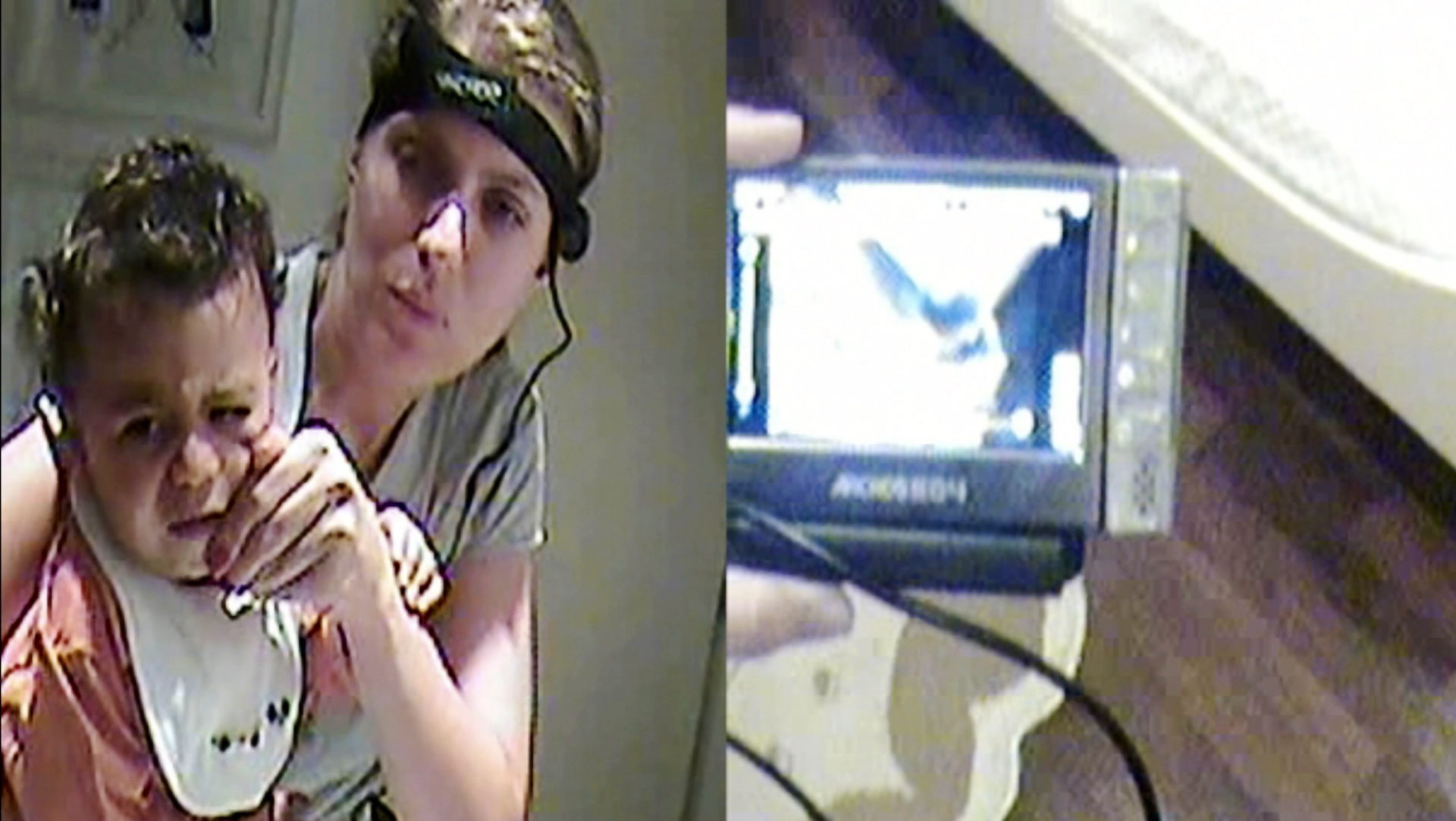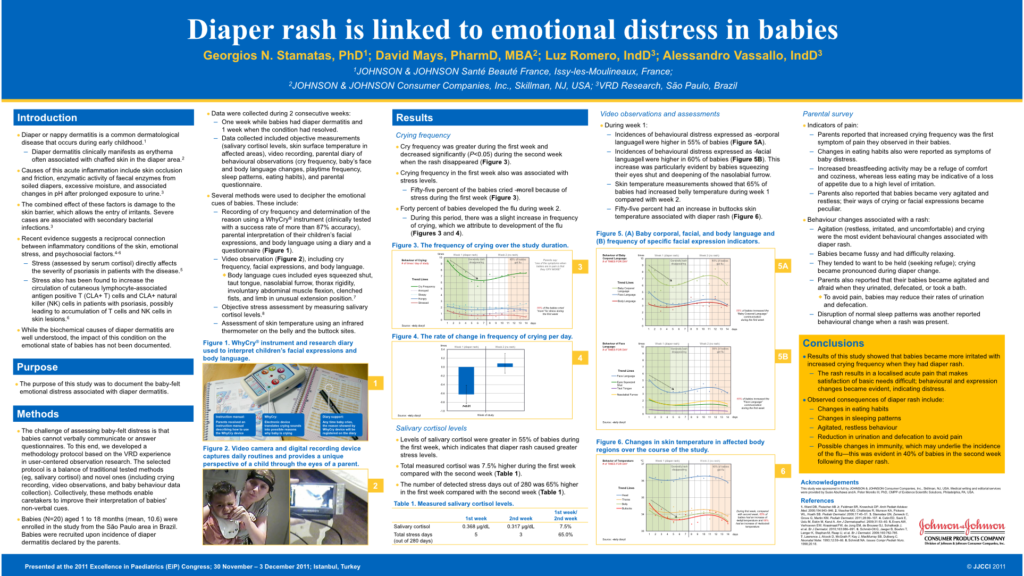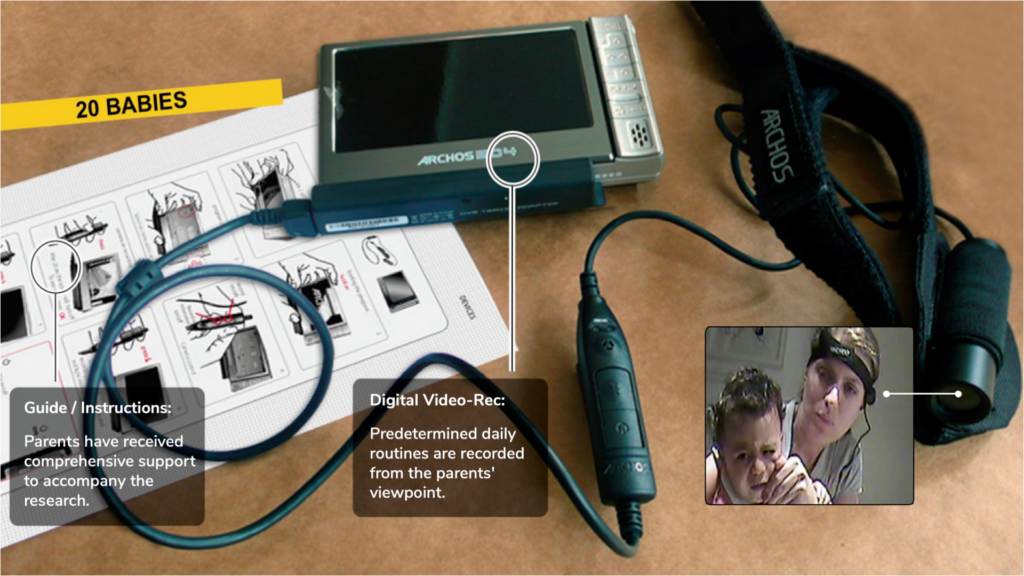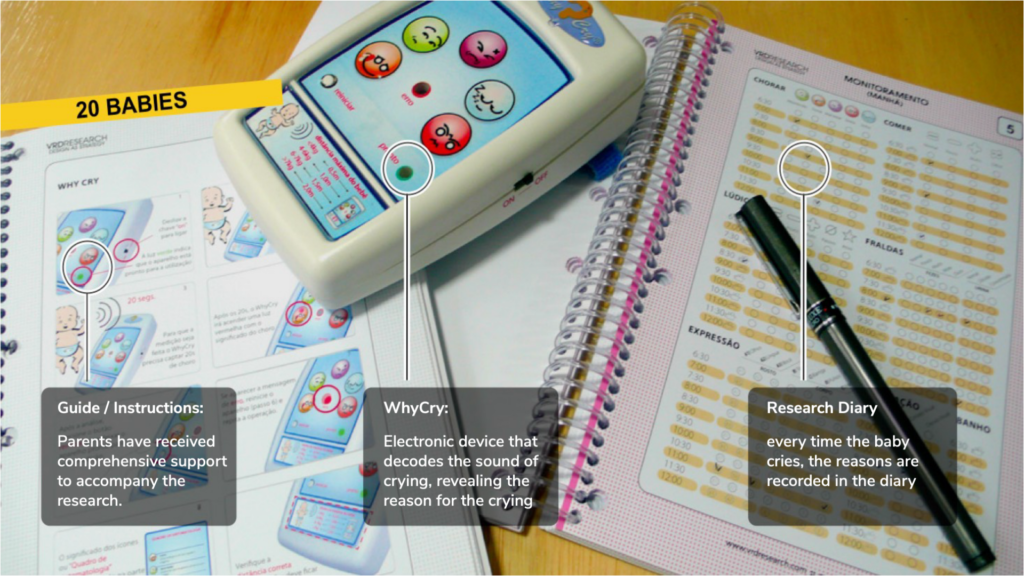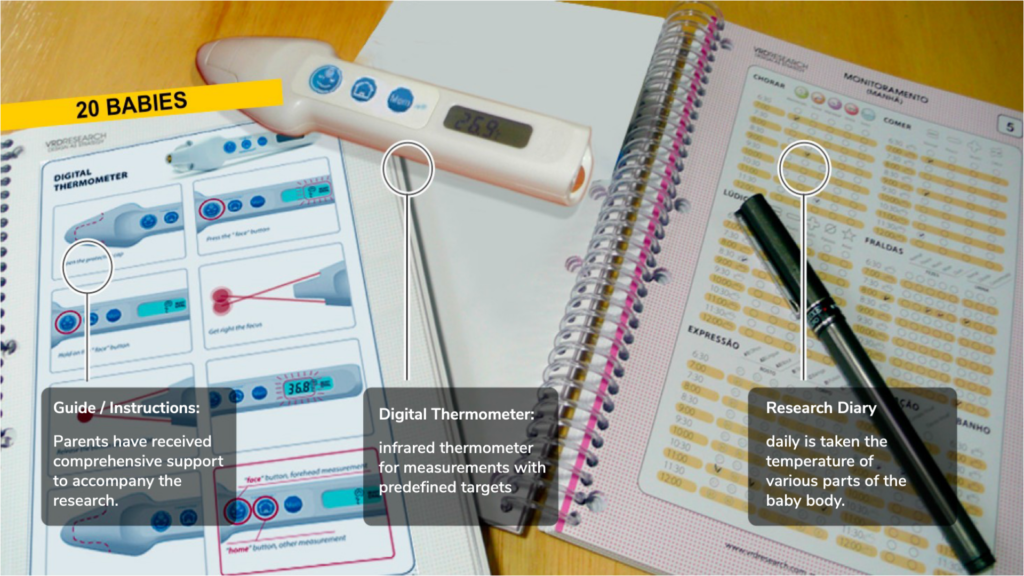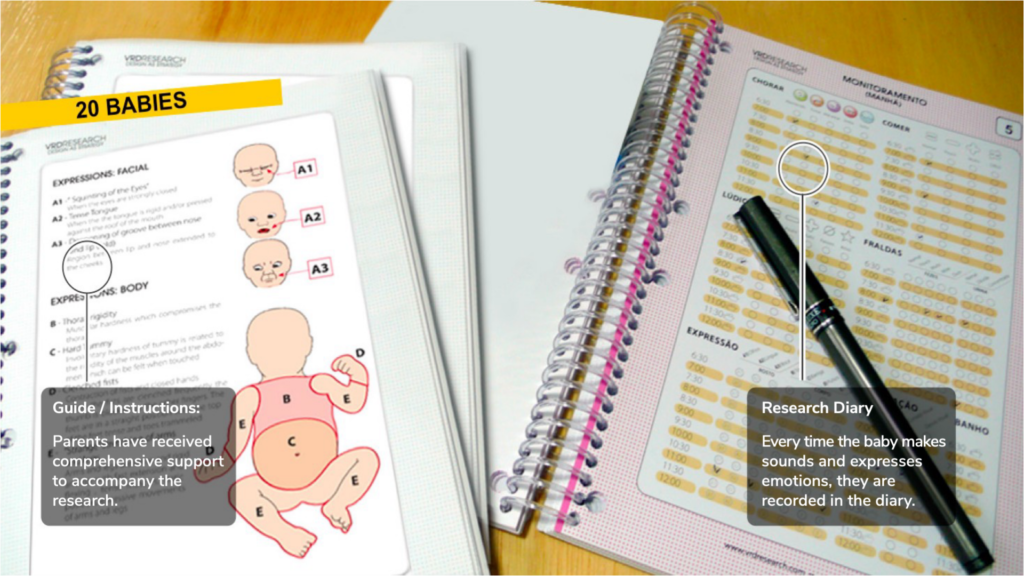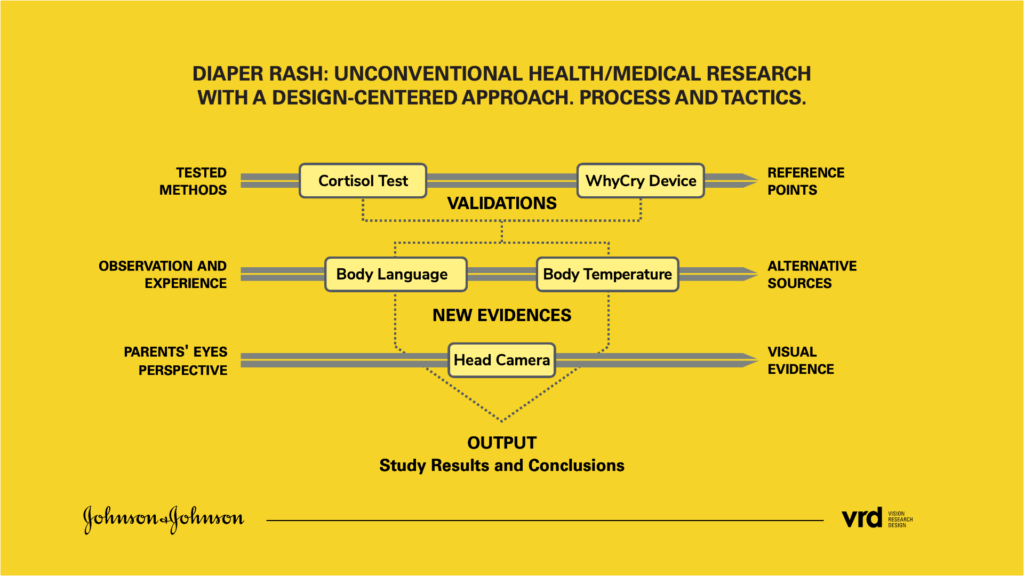“This was a complicated study that included complex scientific, as well as design, concepts. I was impressed with VRD’s innovative approach and the fresh new ideas on how to tackle the problem at hand. They prepared a beautiful presentation to explain difficult concepts at the design stage of the study as well as at the report stage. The major strength of VRD, compared to other research teams, is their design thinking approach and the ability to interpret in a human-centric manner.”
Georgios Stamatas, Global SkinCare R&D J&J Consumer France

Building on a previous collaboration with Johnson’s Baby, the Johnson & Johnson Global SkinCare R&D department in France commissioned VRD to design a new research protocol.
This initiative was inspired by a research technique we developed, which demonstrated the potential use of Design Methods not only for innovation but also for medical research purposes. The goal of the collaboration was to investigate emotional distress in babies affected by diaper dermatitis, a common skin condition in childhood.
When the project was commissioned in 2009, some emerging insights suggested a connection between skin inflammation, emotional stress, and psychological factors. Despite the biochemical causes of diaper dermatitis being known, its impact on the emotional well-being of infants had not been explored prior to this research.
The approach
Assessing baby distress is challenging due to their inability to verbally communicate. We have designed a unique method, drawing from VRD expertise in user-centered observation, to interpret infants’ non-verbal cues as medical evidence. Our protocol combines established methods (such as salivary cortisol) and innovative approaches (including recording crying episodes, video observations, and collecting data on baby behaviour).
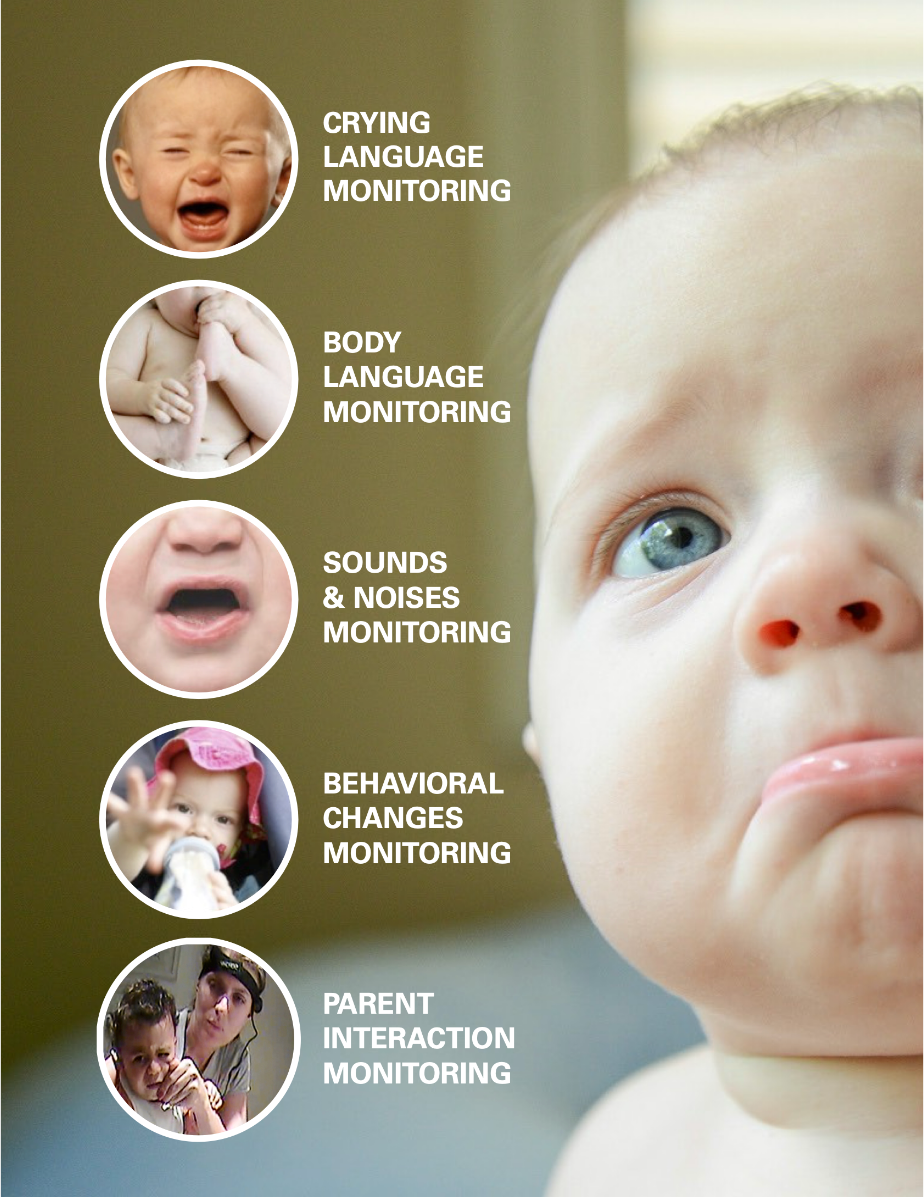
Collectively, these methods provide new information and enable researchers to improve their interpretation of babies’ non-verbal cue
New Methods
Unconventional health research based on human-centric design methods..
20 Babies
were included in the study when the diaper dermatitis was reported.
two weeks protocol
to compare data between a week with infection and one without
Trained Participants
All 60 pre-selected families have been trained to be ready for the research.
The research
From a sample of 60 infants with a history of diaper rash, 20 babies aged 1 to 18 months were included in the study when their parents reported the occurrence of diaper dermatitis. The study involved the collection of data over two consecutive weeks: one week while the babies experienced diaper dermatitis and another when the condition had resolved.
The parents who participated in the research were required to adhere to a strict protocol with data collection and observations covering all aspects of the babies’ daily routine. This encompassed feeding, bath time, play, sleep, and family interaction.
The methods used to understand children’s emotional responses have yielded 9 scientific findings across 10 conducted activities. This research, focused on human-centred observation, is the first to document the distress experienced by infants with diaper dermatitis, demonstrating that this common ailment causes significant discomfort and disruption of normal behaviours.
The results of this study were officially presented at “Excellence in Paediatrics 2011” the yearly conference dedicated to professionals in child healthcare. The research was distributed through a publication titled “Diaper rash is linked to emotional distress in babies.
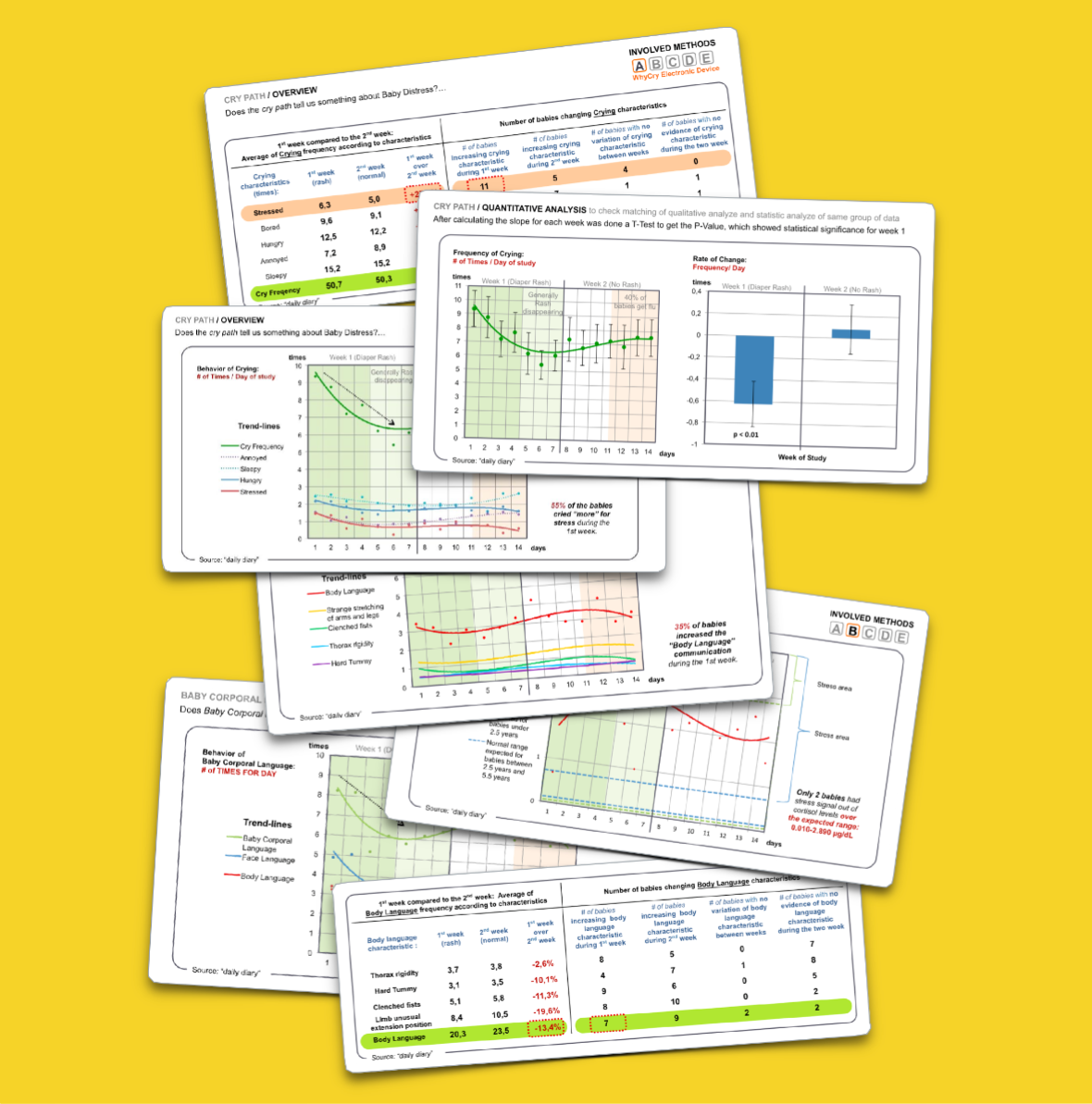
Conclusions:
Results of this study showed that babies became more irritated with increased crying frequency when they had diaper rash. The rash results in a localised acute pain that makes satisfaction of basic needs difficult; behavioural and expression changes became evident, indicating distress.

Observed consequences of diaper rash include:
- Changes in eating habits
- Changes in sleeping patterns
- Agitated, restless behaviour
- Reduction in urination and defecation to avoid pain
- Possible changes in immunity, which may underlie the incidence of the flu, this was evident in 40% of babies during the second week following the occurrence of diaper rash.

